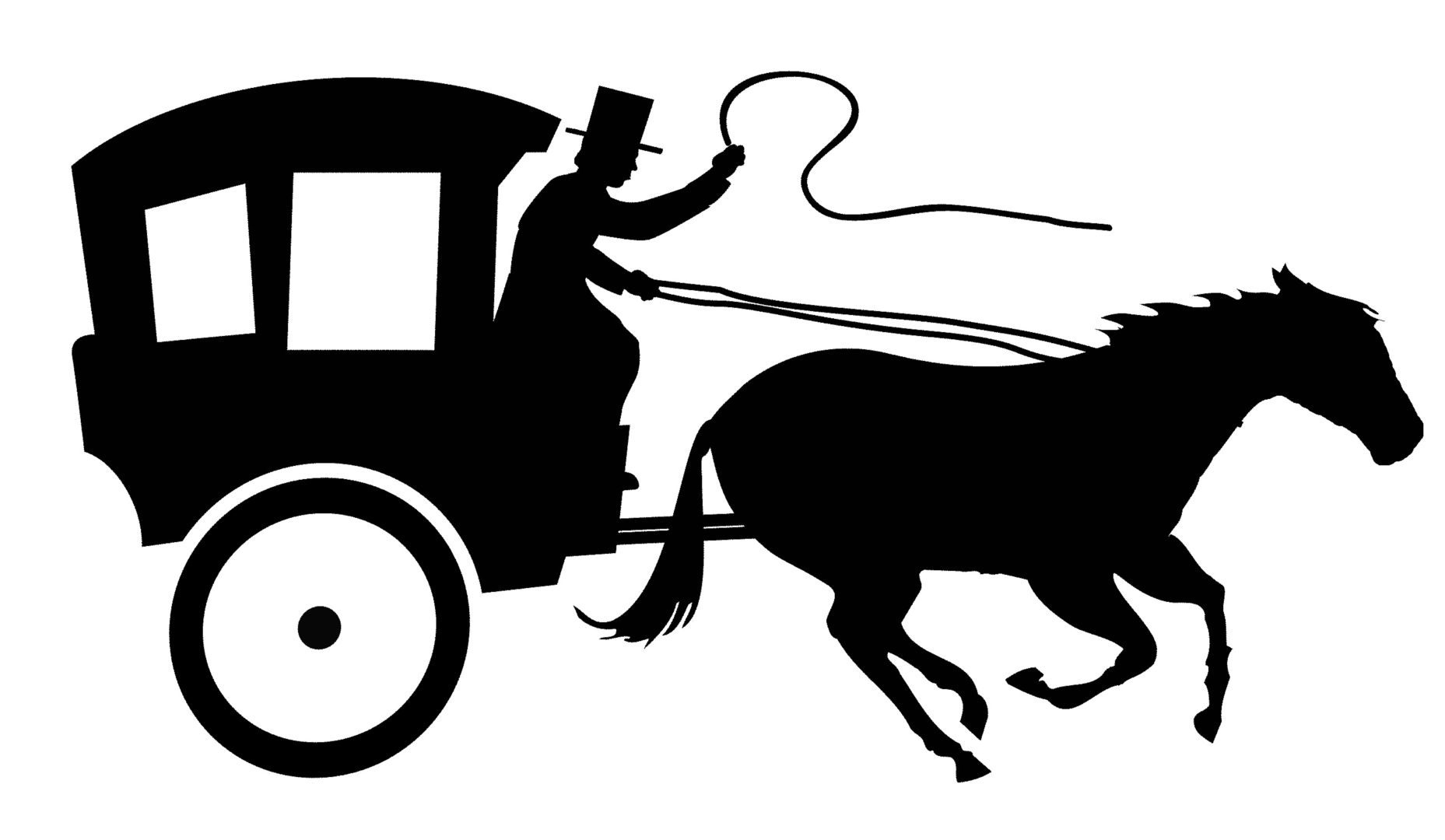Karla Huston
The Blue Dress
by Alison Townsend
White Pine Press
2000
$14.95
The dilemma with this book is that every time I start to read it, I find myself putting it down to write — my own memories surfacing, requiring the light of paper to see. C.K. Williams says of memory, in his poem “Lessons” from The Singing:
How even know in truth how much
of mind should be memory, no less
what portion of self should be others
rather than self?
Are our own truths, our own selves defined by our memories?
Certainly it’s memory that informs these poems. Townsend fills her pages with the taste of Blackjack gum and Tootsie Rolls and the sweetsharp, powdery scent of Cashmere Bouquet. I remember Cashmere Bouquet. It was the only soap my own grandmother used. Like Townsend’s, my grandmother grew roses. Townsend speaks of “bad home-Toni perms,” like the kind my mother inflicted on me on Saturday nights. The Teencharm bra is the same type I wore when my own breasts started their budding. I’ve even climbed Mt. Baldy. And the value of another’s memory is that it often resurrects our own.
About half the poems in this volume are prose poems, but these are not just words plunked into paragraph shapes without thought. These are artfully crafted prose gold, nuggets fine and bright. They are constructed with thought, with consideration to line to tension, to stanza, to sound, and to excruciating detail. Her traditionally stanza-ed poems, as well, are rife with the same careful details. She misses little when she describes Barbie with “torpedo breasts, eyes that are bruised blue, and tall-drink-of-water legs.” Games like Ring-O-Levio are drawn with you-can-play-too directions — games which remind me of my own Starlight Moonlight and Kick the Can childhood. In the poem, “The Habit of Its Fit,” she recalls shadows and ghosts, of loss of another kind, so that even after she has taken off her wedding ring there remains:
that ghost-ring
spiraling around my finger like bands
of dust and light, the habit of its fit
reminding me how stubbornly wedded I am. (34)
The poem “Daily” mirrors James Wright’s “The Blessing” with its quiet enormity:
Each afternoon as I drive home from work,
….
…the spotted Percheron
stands in her triangular pasture,
poised at the edge of the woods.
…
I do not think she is unhappy,
here in her own field, curried by weather.
…..
But her coat stands up in tufts that catch
at the light and make a psalm of her body.
And her mane is like raw silk tangled with burdock.
Nothing but wind has touched her since morning. (25)
And isn’t this what poetry is about—words and meaning to touch us? Townsend’s narrator is a woman both young and not so young, a woman who finds herself standing in her own triangular corner of the world, not unhappy, but not quite happy, her own silk-life tangled with the burdock prickly and hard and the sweet psalm of her fingers creating and recreating it over and over.
My high school English teacher used to say that we wouldn’t be able to live our lives if we knew what sorrows and tragedies lay ahead. Townsend seems to agree when she says in “From One Life to the Next”:
And I thought of how we couldn’t live if we knew what lay before us, our sorrows and losses raked up into piles like leaves we burn or haul to the roadside or leave exactly where they are. Or these seasons that keep teaching us what persists. (42)
Townsend’s poems persist, carry a similar lesson from a narrator who has much to remember, much to compost and ferment in her garden of daily rebirth, the daily re-invention of who she is.
In spite of so much loss, these poems are small blessings, sated with little tributes to life. “On Leaving Dorland Mountain,” Townsend’s narrator celebrates the return of a doe and her fawn and the moon, lines in which Townsend illuminates everything again, in Wright-esque fashion:
They’re so close I can see
their flanks moving, each breath
rippling like water beneath their ribs.
I can see their ears, translucent
as furred shells, flicking at sounds
I do not notice, and feel their gaze,
lambent as the moon itself,
turned deeply upon me
until the window melts
and there is nothing between us
but breathing measured
by the night’s slow pulse. (38)
Even in these little elegies, there is redemption, an acceptance that life has moved forward. Some poems are written with a grown woman’s perception. For example, Townsend writes about stealing her stepmother’s clothes in the poem by the same title:
It was to be like you
that I tried all your clothes on …. It was to get close to you,
that I sneaked a suede jacket
out for the evening …. And I wanted to be you,
in your Villager twin sets
and crêpe de Chine sheaths. (83-84)
The poem’s grown self realizes that this theft wasn’t fashion or disobedience or a passive aggression, but a need to know she was loved by the woman her father married — so soon after her own mother’s death that a child had no time to grieve.
There is value in memory. We are defined sometimes by what we choose to remember. C. K. Williams writes in “Self-portrait with Rembrandt Self-portrait”:
whatever it is beyond
dying and fear of dying,
whatever it is beyond solace
eludes me,
yet no longer eludes me.
These poems create a self-portrait, sketched in the turmoil and tranquility of a life that does not escape this writer — or us.

